The Architecture of Minoan Palaces for Starters
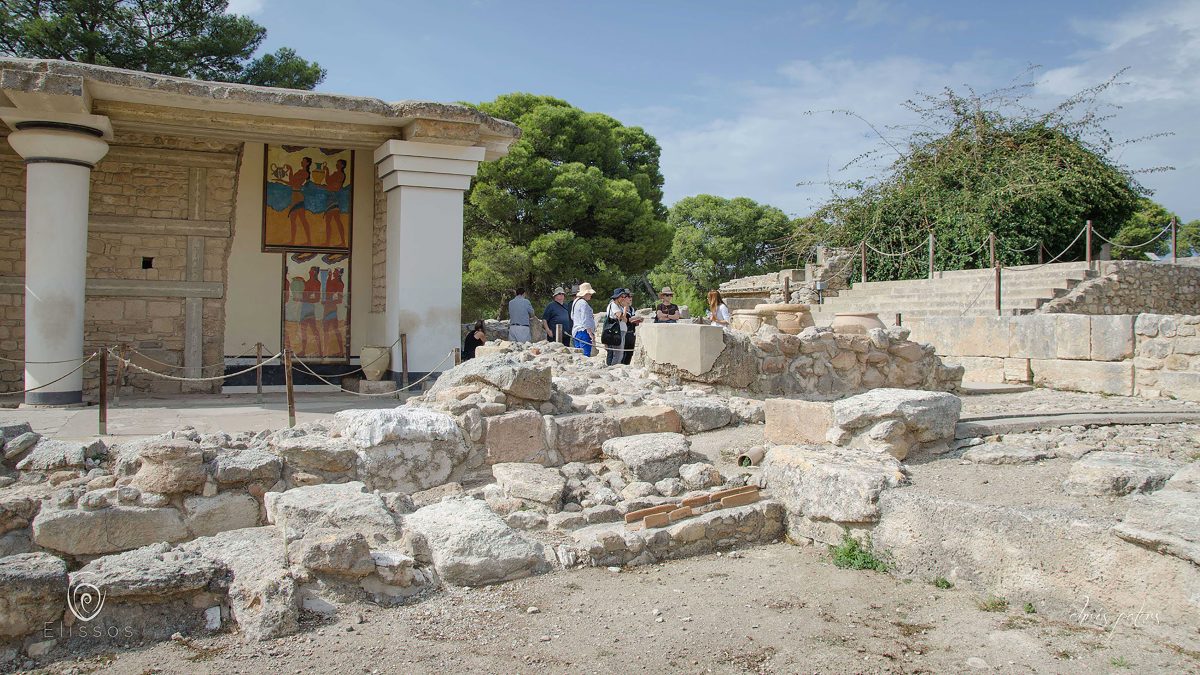
This article introduces the architectural wonders and characteristics of the Minoan Palaces of Crete in simple words for all Crete First Time Visitors. It plainly presents the Cretan Minoan Palaces which carry so much history, making them thus the most interesting and important archaeological sites on the island.
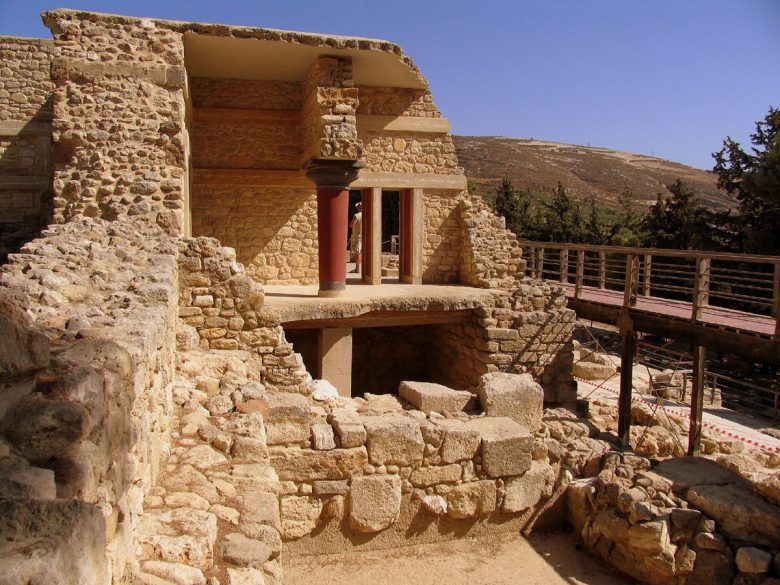
The Role of the Minoan Palaces
The Minoan palaces of Crete were the centers of the political, economic, and religious life of Minoan Crete during the second millennium BC. Their life lasted mainly until the Doric invasion of 1.100 BC. The most important palaces were built almost simultaneously, around 1900 BC, in already prosperous urban centers, such as in Knossos, Phaistos, and Malia. They were all located on very strategic points by the sea, in the middle of fertile plains or important ports for foreign trade, such as in the case of Kato Zakros. Apart from the four most important palatial centers of Knossos, Phaistos, Malia, and Zakros, there were also smaller important palaces in the hands of local overlords, which had smaller areas under their control, such as the palaces of Archanes and Kydonia. These “small palaces” were economically subjected to the bigger central palace closeby. However, they also enjoyed some autonomy.
Natural Disasters
During the long Minoan era, the palaces suffered two major distractions that marked new developments in the Minoan civilization. An earthquake caused the first distraction at the end of the Early Palace period, around 1700 BC. Relatively soon after this disaster, the palaces were rebuilt by the Minoans going into their most glorious period, the Neo-Palace phase. At around 1.600 BC the palaces get destroyed once again, on a greater scale as a result of the tsunami after Thera’s volcanic eruption and the successive earthquakes that followed.
The palaces got rebuilt from the ground once again with more majestic materials and get uniquely decorated with beautiful frescos. Huge seismic vibrations, a global drought in the whole Mediterranean, or the brutal invitation of the Mycenean Greeks, destroyed the Minoan palaces definitively around 1450 BC. After this catastrophe, during the Post-Palace period, the palace life and government passes to the hands of the Myceneans kings and gradually gets weakened. Most of the palace centers were eventually abandoned, and only in the palace of Knossos, the habitation continued until the end of the first millennia BC.
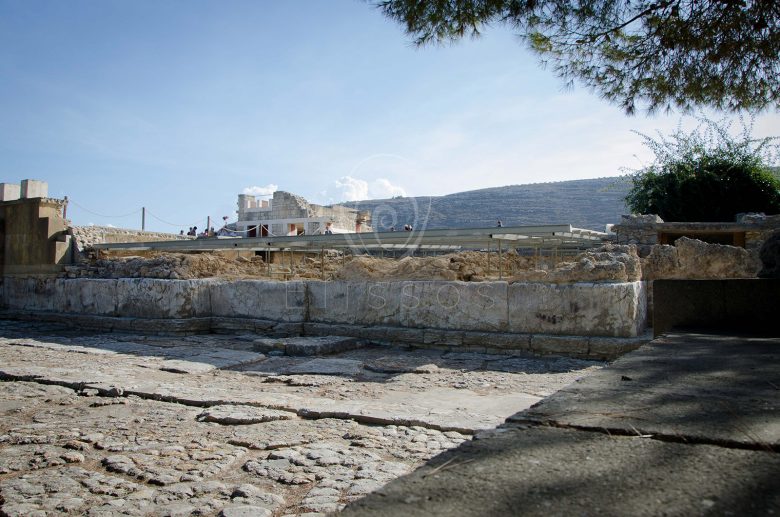
The Architecture of Minoan Palaces
The palace architecture reflects the needs of a hierarchical and centralized society, where they perfectly defined all procedures. In their design and functionality, they present indirect references to the palaces of the Middle East and Egypt. The Minoans borrowed specific elements from them, yet then they adapted these elements to the natural environment of Crete and the new and unique requirements of the Minoan society. The unique design and so sophisticated construction of the palaces show several common architectural characteristics that are followed faithfully in all palatial centers of Crete, except for some peculiarities that were formed rather depending on the requirements of each installation or the respective king.
The palaces consisted of multi-story apartments, which were structured in four wings running around a huge rectangular central courtyard. They all presented large reception and banquet halls, sanctuaries with special ritual facilities, workshops, warehouses where the surplus of the region was accumulated, and many workshops for the palace artists. Furthermore, they also had luxurious apartments, where the kings-archpriests probably lived together with other members of the royal class.
Paved courtyards and theatrical areas for public ceremonies and gatherings, are inside the palaces. Although the palaces were the administrative and financial centers of Minoan Crete, they were at the same time, the political and most importantly, the religious centers of Crete. In the palaces, political and religious leaders certainly lived and kept valuable treasures. All Academics certainly wonder about the fact that these glorious centers of religious, economic, and political life were not fortified, which indicates the sense of security and economic glory of the palace society inside the island.
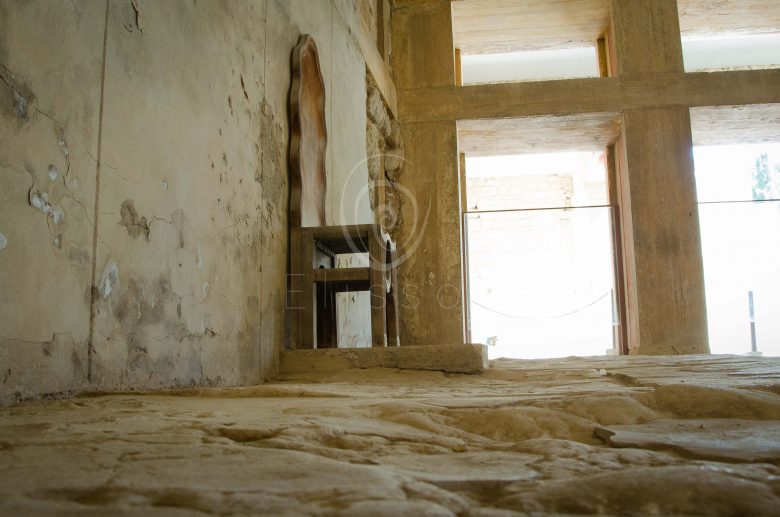
Minoan Palaces – Common Architectural Characteristics
All Major Minoan Palatial Centers in Crete, share several common characteristics in their architecture and areas lay ou. We gladly present you here below, the most important common features:
The Palace Wings
The Minoan Palaces are complexes of buildings, i.e., they consist of many wings with many small rooms in each, all following a complicated and “labyrinthical” layout. The wings extended in the four directions (north, south, east, and west) and run around a rectangular central courtyard, the so-called “Central Court” of the Palace. Apart from the main courtyard, there were other small courts inside each palace, all paved and quite spacious, which served for various events. One of the main and most important purposes was of the Theater, which consists of a stone-paved court with curved seats for the royal audience, forming thus the oldest theater space in the world.
The Western Wing of the Palaces was usually the sacred wing. There we also find the storage rooms, which indicates the importance of trade for the Minoan economy, and also the sacred character of food and production itself for the Minoans.
In the East Wing of the Palaces, we usually find the Royal Quarters, the residence of the royal family and priesthood. There, we typically come across multi-story sections with large and imposing staircases, unique skylights, and a remarkable water supply system. Unique frescos depicting various scenes from the Minoan palace life, rituals, and nature decorate most inner walls.
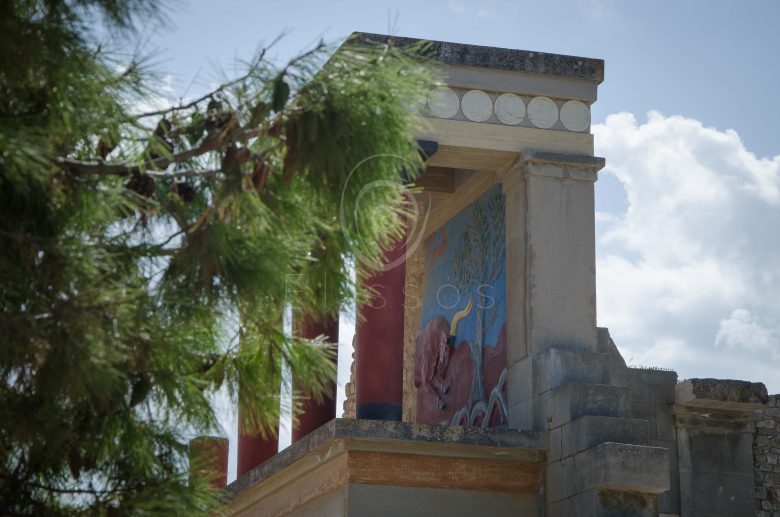
The Palace Entrances
The entrances to the palaces were very luxurious. They often consist of memorial staircases leading to multiple impressive doorways, decorated with unique frescos, resulting thus in a beautiful and imposing aesthetic. The multi doorways in combination with the numerous columns and majestic stairs created the imposing Minoan “Propylaea” that welcomed the visitor before entering the main sections of palaces.
The Palace Materials of Construction
The Minoans widely used local stone materials for the palace walls such as limestone, gypsum, and ironstone in the construction of their palaces. Mortar (plaster) and decorated with frescoes (murals where the representation was painted on the still fresh plaster so that the color penetrates it and remains indelible) covered the stone walls. Other materials used in the construction of the palaces were alabaster and wood. They heated the palace rooms on cold winter days by burning wood in open fireplaces on the floor. Inside the throne room at Knossos palace, they found such a fireplace.
The Palace Illumination & Ventilation
The windows in the palace had no glass, as there was no suitable technology at that time. However, windows were predominant with very thin tiles that have been found from alabaster. Their thickness was such that it made them translucent. In other cases leather cloths closed up the windows openings, acting as shutters. The Minoans loved illuminating and ventilating their interiors and for that purpose, they typically used multiple doorways and windows, light-wells, open-air staircases, and interior courtyards, among other features of the architecture.
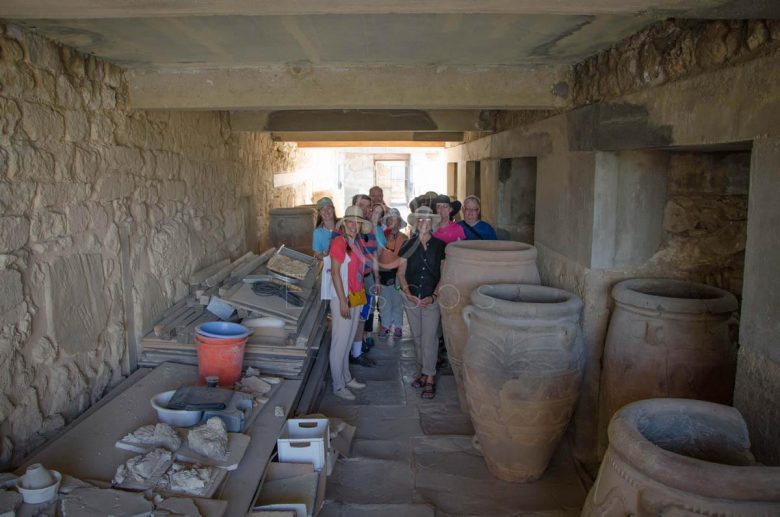
Water Supply and Sewerage System
Knossos Palace was the Capital of the Minoan Civilization of Crete. The palace consisted of a multi-storied construction, covering an area of 22,000 sq.m. with an excellent water supply and sewerage system in 1700 BC. The variety of building materials, colored mortars, and frescos that adorn its rooms and corridors are very impressive. Its original architectural and construction inventions, such as skylights and multi-doors, the use of beams to strengthen the masonry and offer higher flexibility to the building, as well as the complex sewerage and water supply network are just some of its unique features to confirm the high technical knowledge of the Minoans.
The palaces had an intricate double drainage system to carry the liquid waste separately from the rainwater. A different channel collected and distributed the rainwater inside the palace various parts. Finally, it had an excellent hydraulic system to supply fresh water from a nearby natural spring.
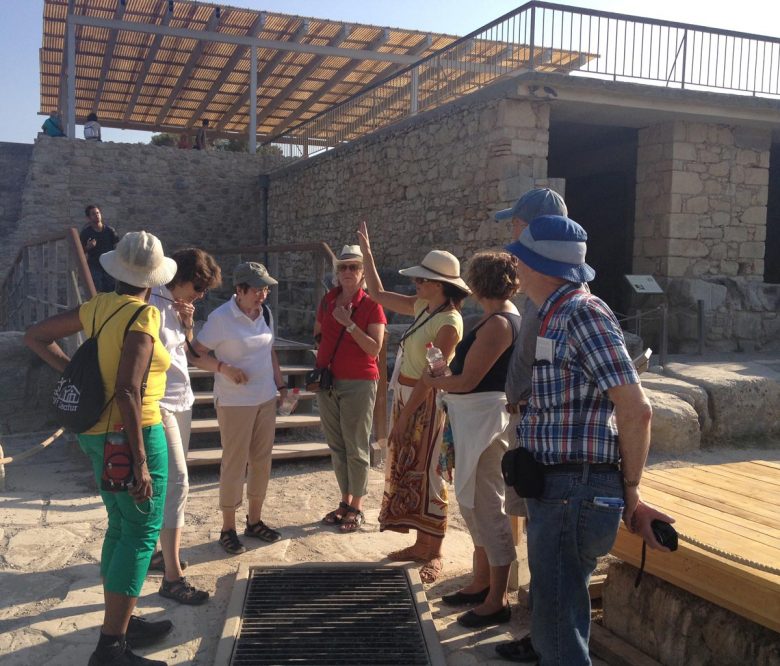
The Drainage & Sewerage System of Knossos Palace
In the East Wing of Knossos Palace, the drainage and sewerage system is evident.
Rainwater
A system of stone pipes leads the rainwater out of the palace complex after it firsts collects and distributes the freshly collected water inside the palace, passing through various parts of the building, for everyday use purposes.
Drinking-Water
They excavated a clay pipe under the floor, consisting of a female and a male part. Those parts were fastened inside one another and were perfectly joined so leakage was avoided. In Crete, they used clay pipes until the middle of the 20th century. As far as Knossos is concerned, the water came by water bridge from the springs of Jukats hill. Some 10 kilometers away.
Waste Water
Of all the infrastructure of the Minoan palace at Knossos, nothing is more remarkable than the complex but very functional sewerage systems that run through the municipal facilities of the palace, town, and their neighboring neighborhoods. Arthur Evans (1964) and Colin F. MacDonald and Jan Driessen (1988) reported on the course of these pipelines and designed their possible original form, with particular reference to their architecture. The total length of the sewer system, including its main and secondary pipes, exceeds 150m. The small size of the pipes in some parts of it, the slopes, and the angles prevent the detailed investigation of the network.
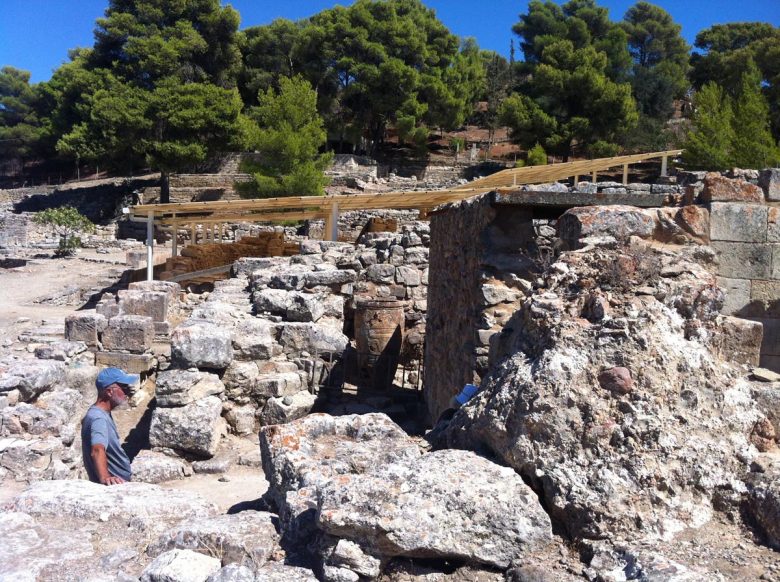
The Sewerage System at other Minoan Villas and Palaces
The discovery of the most advanced sewarage system was at the villa of Agia Triada. Both the liquid municipal waste and the rainwater in the whole history of the Minoan civilization. In the early 20th century, the author Angelo Mosso visited this settlement during a heavy downpour. He observed that the entire sewer system worked perfectly. Thanks to the hydrodynamic propulsion created by the height difference and the shape of the pipeline. Therefore, the Minoan plumbers planned and implemented projects that operated for many centuries. In contrast to the current one where the operation of a project for 40-50 years is satisfactory.
Typical is a rectangular rainwater storage tank (dimensions 1.6 × 2.0. 6.0 m³) in Agia Triada Minoan Villa. They used the water from this tank probably for washing or other household uses. There are also indications that in the palace of Phaistos and the villa of Agia Triada, in addition to the use of rainwater, discharges of municipal liquid waste were disposed of in agricultural areas. It is a fact that Crete does not have a rich water potential. It is probable that in several periods of the Minoan civilization there were servere water shortages. Therefore, water reuse was a necessity. Thus, it seems that for the irrigation of gardens and agricultural areas, they reused bathwater.
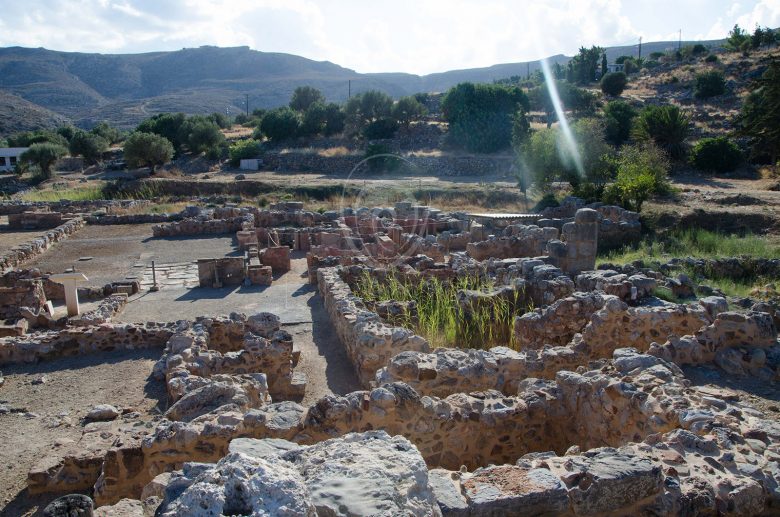
The Sewerage System in Zakros Palace
Sophisticated sewer systems existed in other Minoan cities and palaces, such as those of Phaistos and Zakros. The sewer system of Zakros Palace was quite dense and of high standards. As in Knossos, in Zakros the main sewers were of stone and large enough to allow passage for cleaning and maintenance. The smaller conduits were ceramic. There are indications that the system was not effective during periods of heavy rainfall, although the location of the area, on a natural slope, is favorable for rainwater drainage.
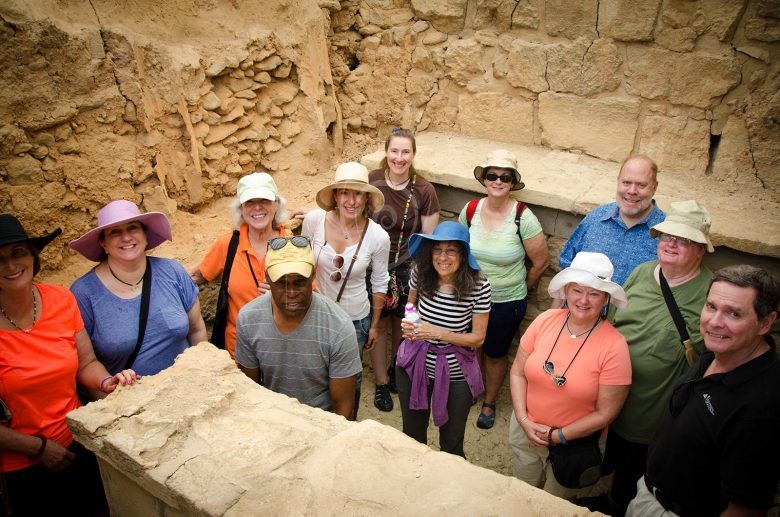
Some extensive architectural complexes, such as the Agia Triada, Gournia, or the small palace of Knossos, are not yet sufficiently researched or present mixed architectural elements so that they can be safely classified in the category of palaces or villas, which is another characteristic form of the Minoan residential tradition.
Elissos Invites you to Further Explore the Minoan Palaces!
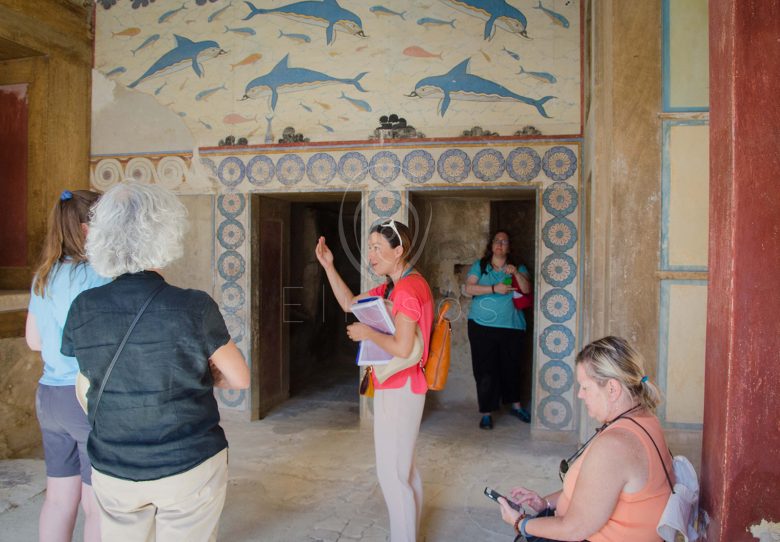
Blog
Delve into the Minoan Era in Crete with our ‘Throwback to the Bronze Age in Crete’ article. In this article, we will walk you through the Bronze Age in Crete. We will discuss the two civilizations that impacted Crete’s historic course the most, the Minoan and the Mycenaean. Through this blog article, we aim to shortly present to you the Bronze Age period in Crete, on one hand. On the other, our goal is to link modern-day experiences in Crete with the 5,000year-old history of the land.
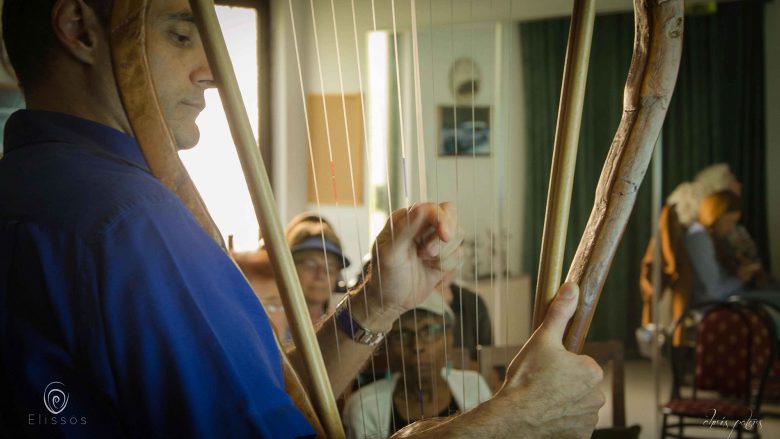
Experiences
Meet The Minoan Civilization & The Ancient Greek Music
You will start your day visiting the most important archaeological site on Crete. The Minoan palace of Knossos, the mythical Labyrinth of Homer. Then, visit the biggest prehistoric collection of artifacts in Greece, the Archaeological Museum of Heraklion. Complete your journey into prehistoric times. A short walking tour in the old, historic section of the town of Heraklion follows. At lunchtime, it will be your chance to experience the Cretan cuisine in one of the places where the locals would go for a meal. Finally, become a musician in a private studio. Enjoy an hour and a half workshop on Ancient Greek Music, in theory, and practice.
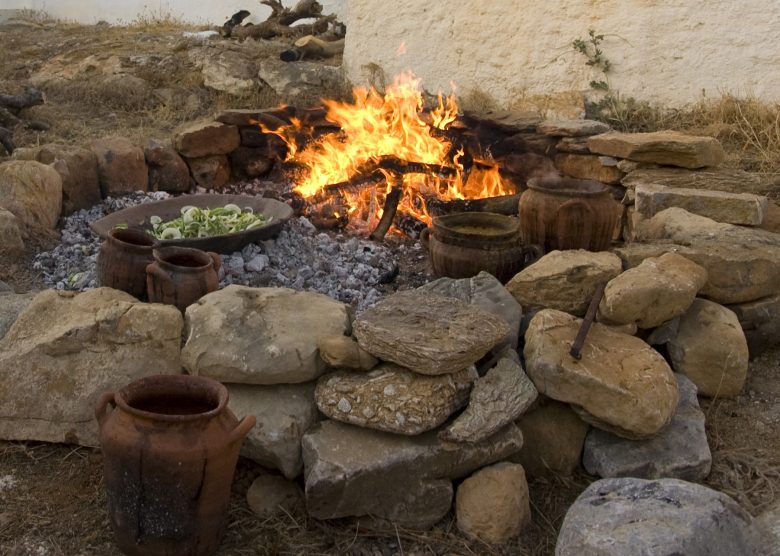
Minoan Tastes
Visit the third biggest Minoan palace on the island, Malia Palace. It was the residence of the Mythical King Sarpedon, the brother of Minos of Knossos. Your tour in the palace will reveal the Cretan Labyrinth from a mythological and historical point of view. It focuses on making the story interesting and engaging, but also clear and easy to understand for our little friends.
Afterward, you will attend an introductory presentation of the Minoan cuisine around the hearth fire. An Archaeologist and Scholar of Minoan Cooking vessels will teach a class. For the rest of your culinary adventure, make Minoan-style lentils in ceramic pots. Bake pita flavored with herbs or dried fruits. Do you wish to make pita too?! You are welcome to do so!
This experience binds the ancient Myths with the everyday life of the Minoans in the palace. It offers an experiential trip in time, through interactive features, pictures, sounds, and flavors.
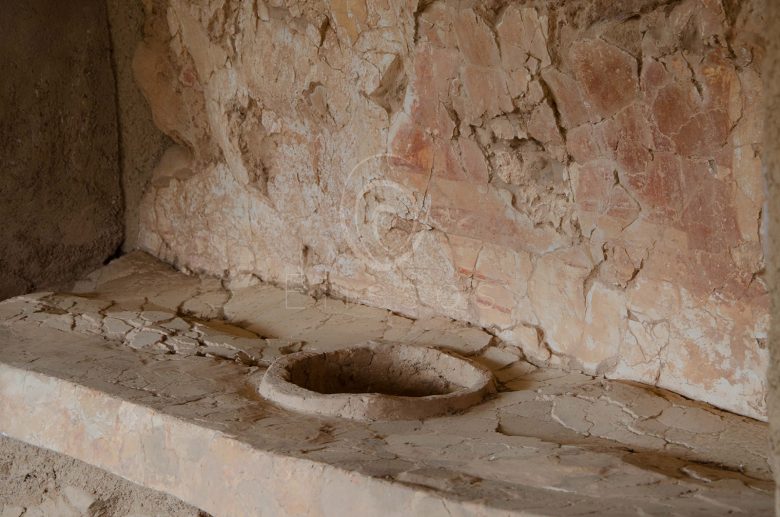
The Mystical Palace of Zakros
Start your day meditating by the oldest olive tree of the Mediterranean. This 3250-year-old natural monument will help you connect your mind body and spirit to the sacred land. Once the meditation exercises are over, continue to another exquisite natural ancient site, a ravine. Here you will start hiking for about 3 hours ending up at the entrance of Zakros Palace. Your expert guide will explain to you why this Minoan Palace of 4000 years is in an advantageous strategic position. End your tour in Kato Zakros and lunch by the Palace!
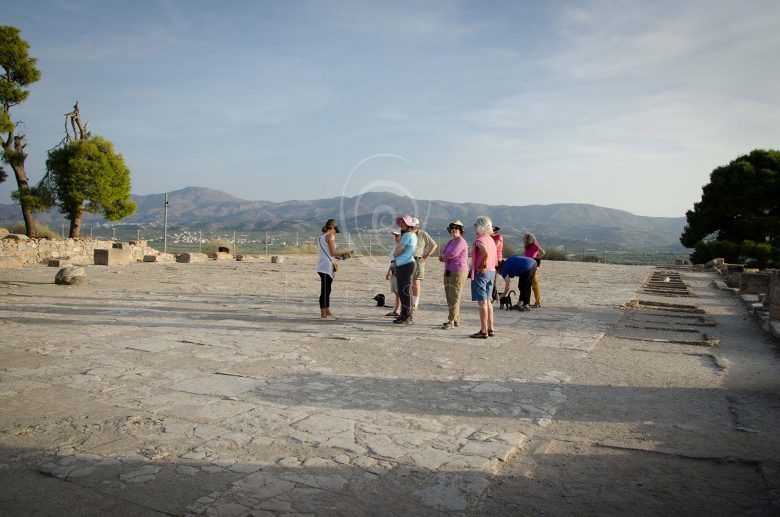
South Crete Magic
Our South Crete Magic tour creates the feeling of time travel. Visit the second largest Minoan Palace in Crete, Phaistos Palace, and the unique Minoan Villa of Agia Triada. Furthermore, visit the old Roman capital of Crete. Learn how Crete flourished during the Minoan, Greek, and Roman era. Let all that information sink in and discuss further at an artistic town with the best Cretan cuisine. Do you want to extend your experience even more? We suggest splashing into the crystal-clear waters of the beach right next to the town and exploring the mesmerizing caves.
Do you wish for a personal and tailored Minoan Palace Experience in Crete?! You are in the right place!
Don’t hesitate to Reach us for our Suggestions!
